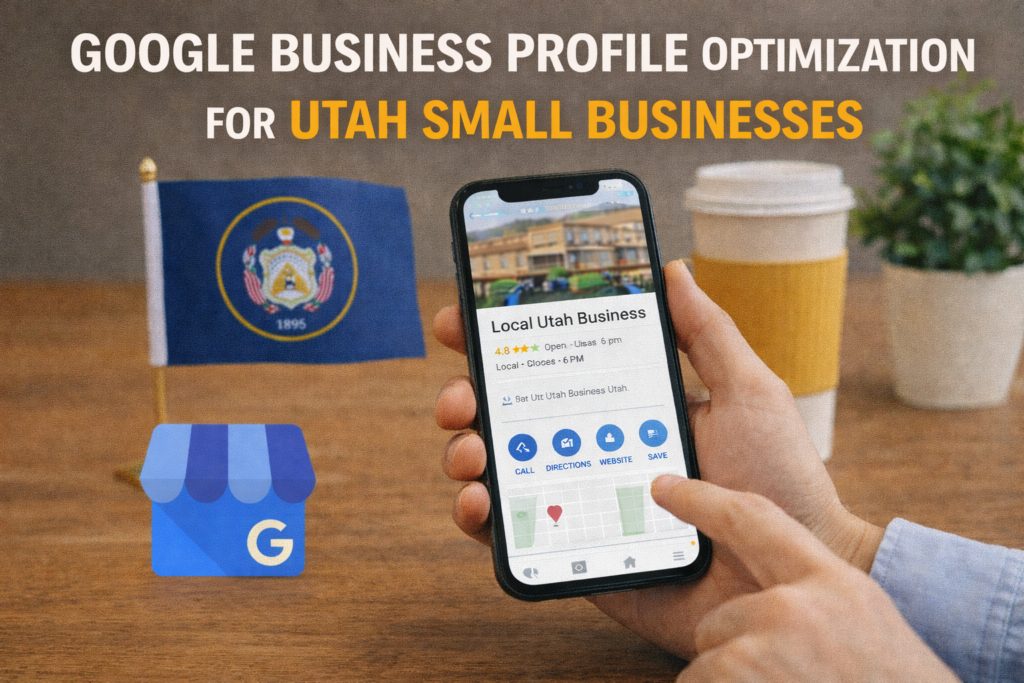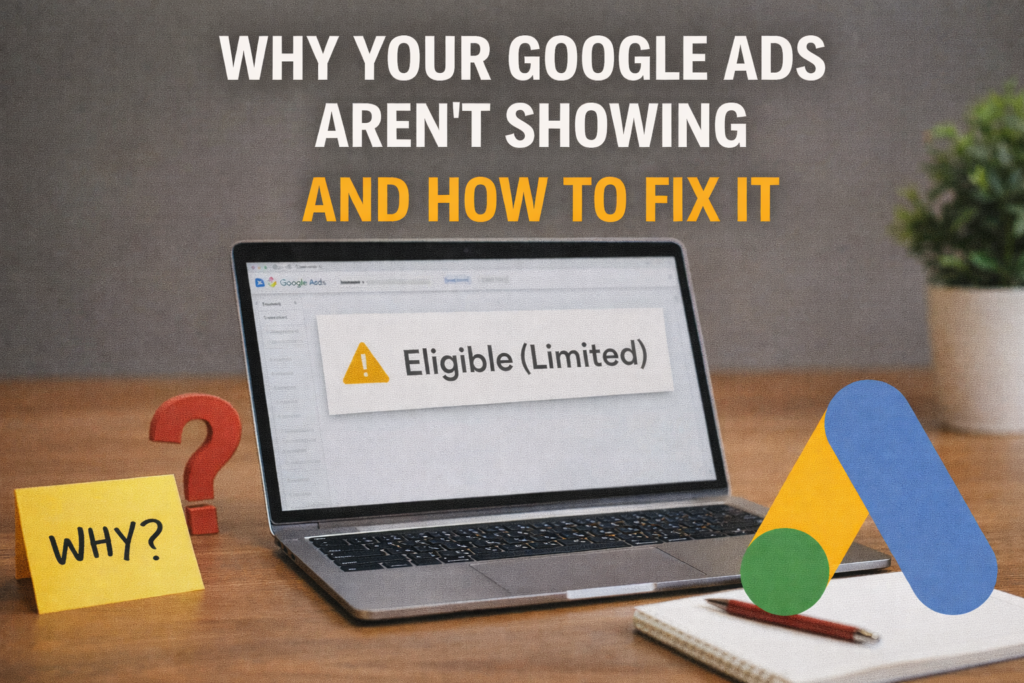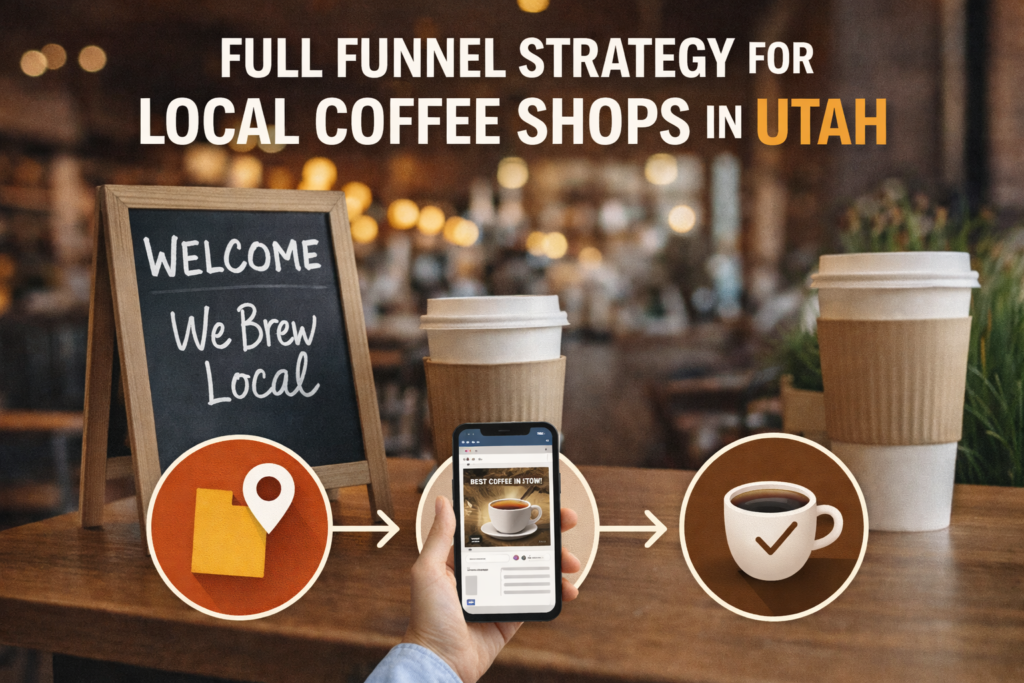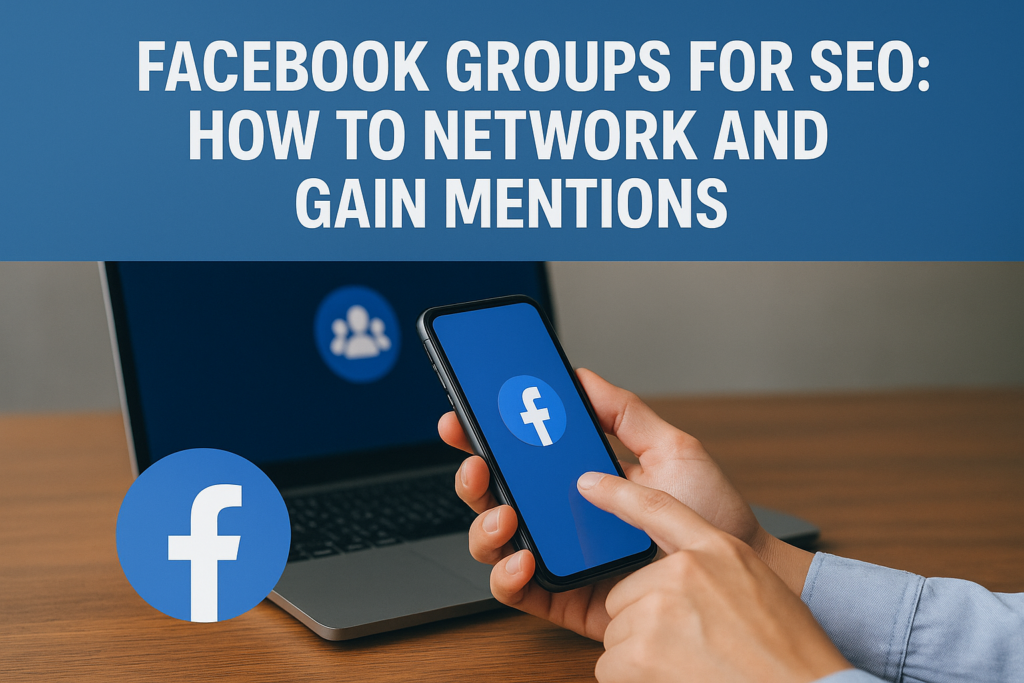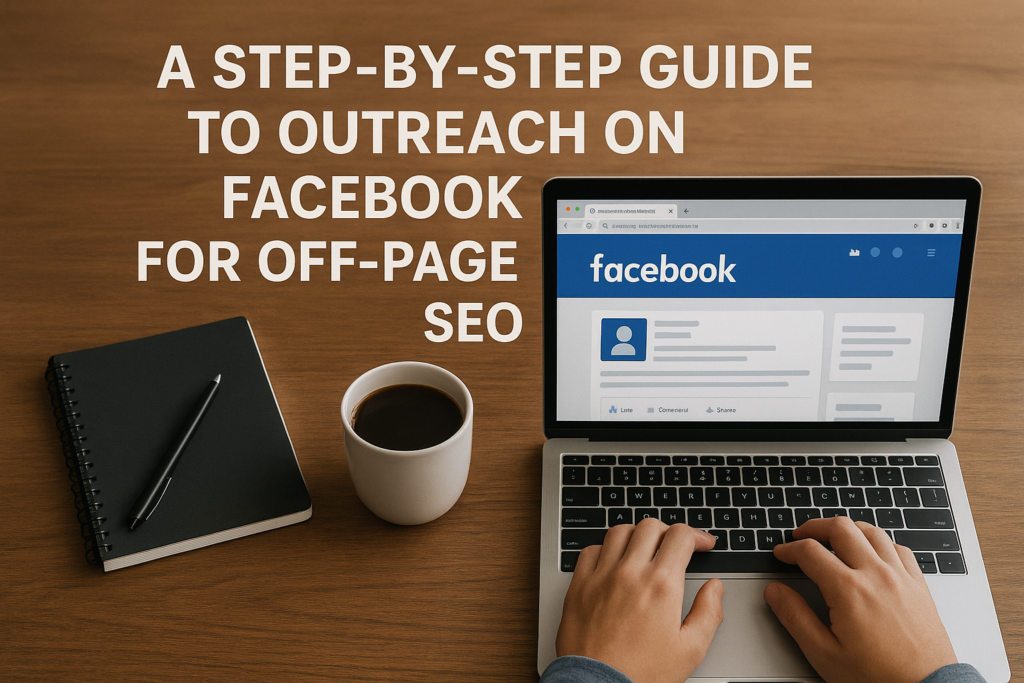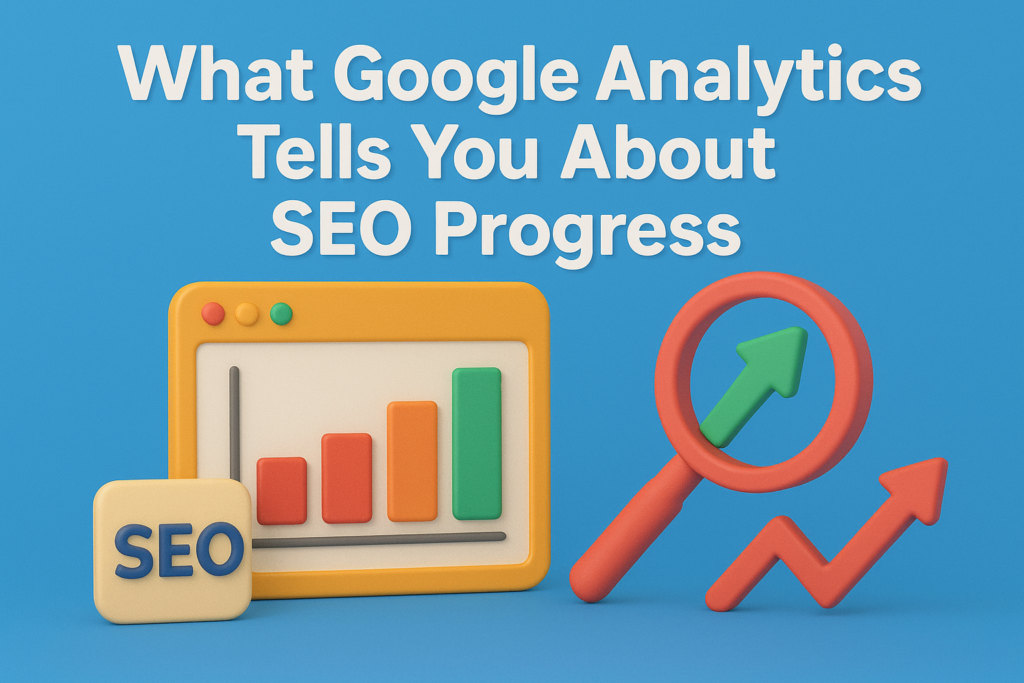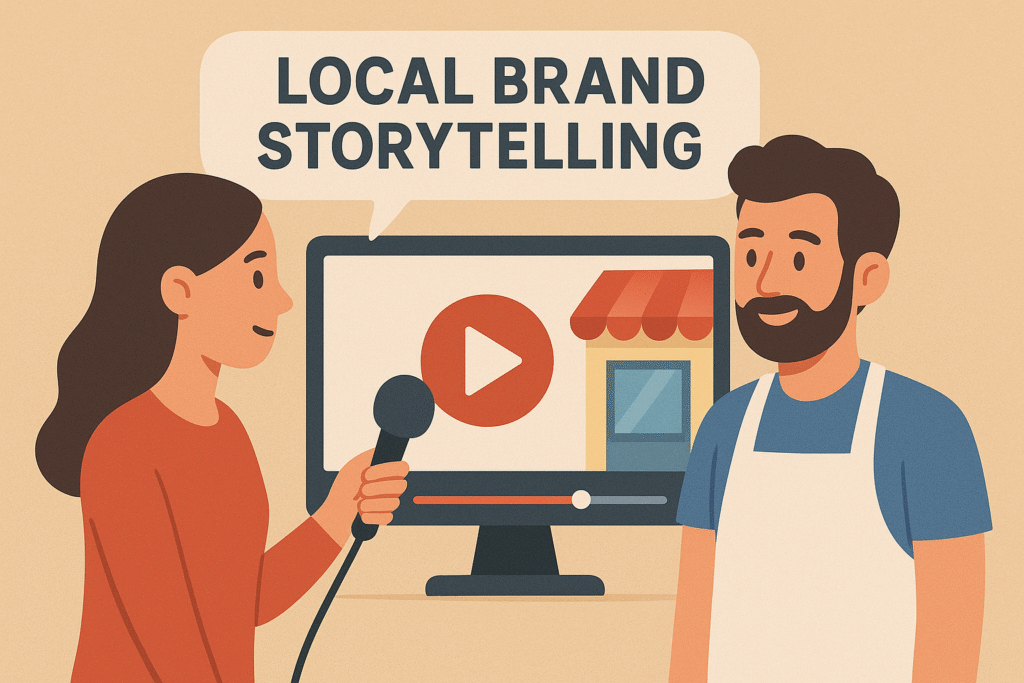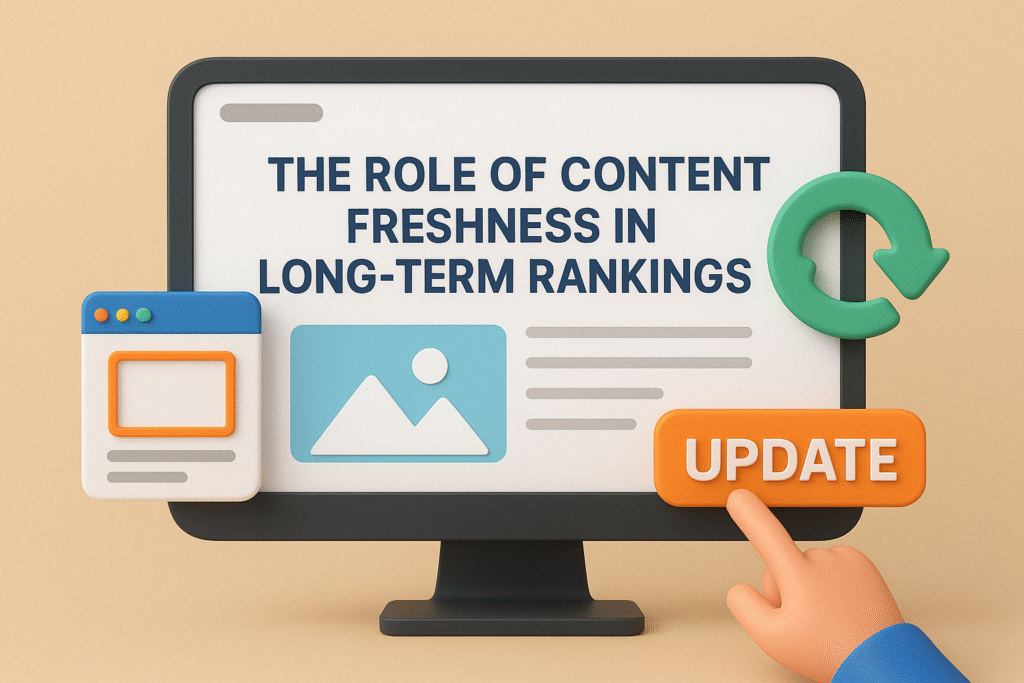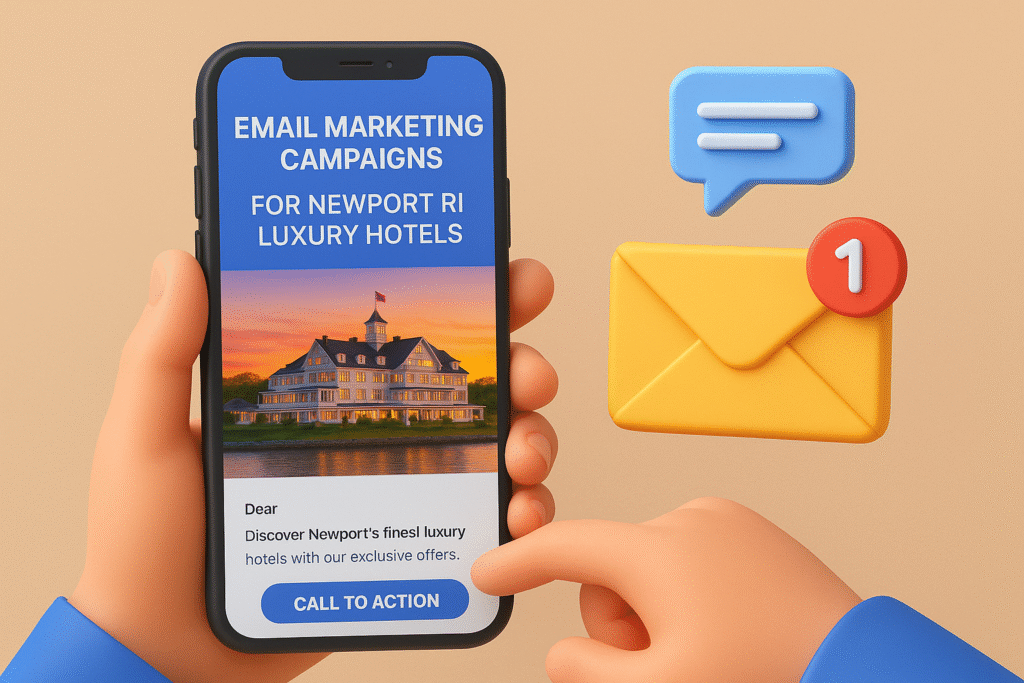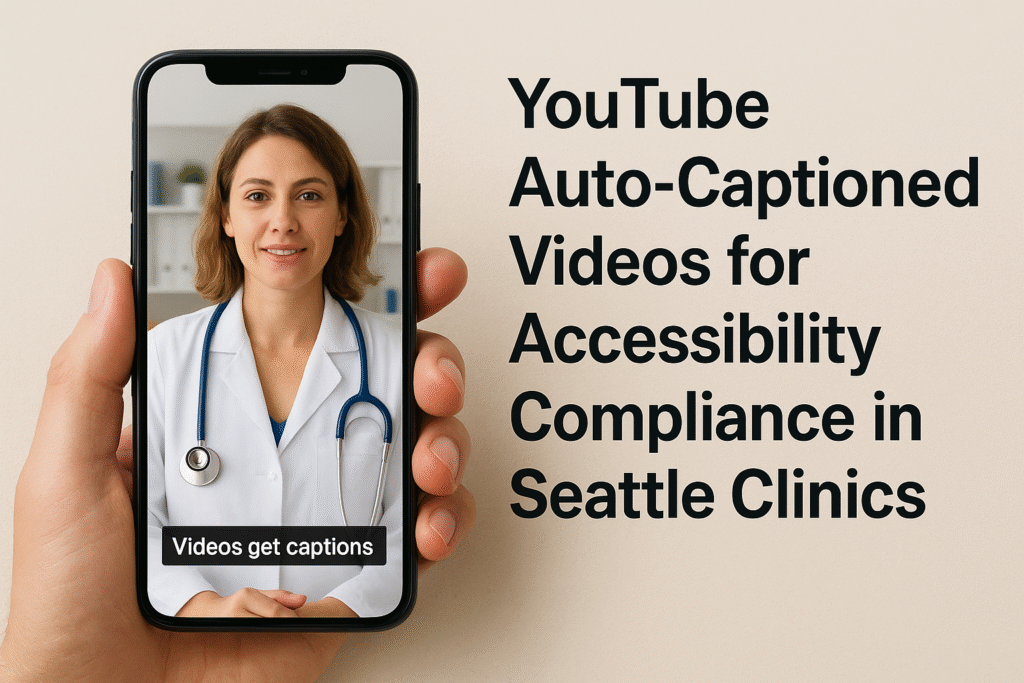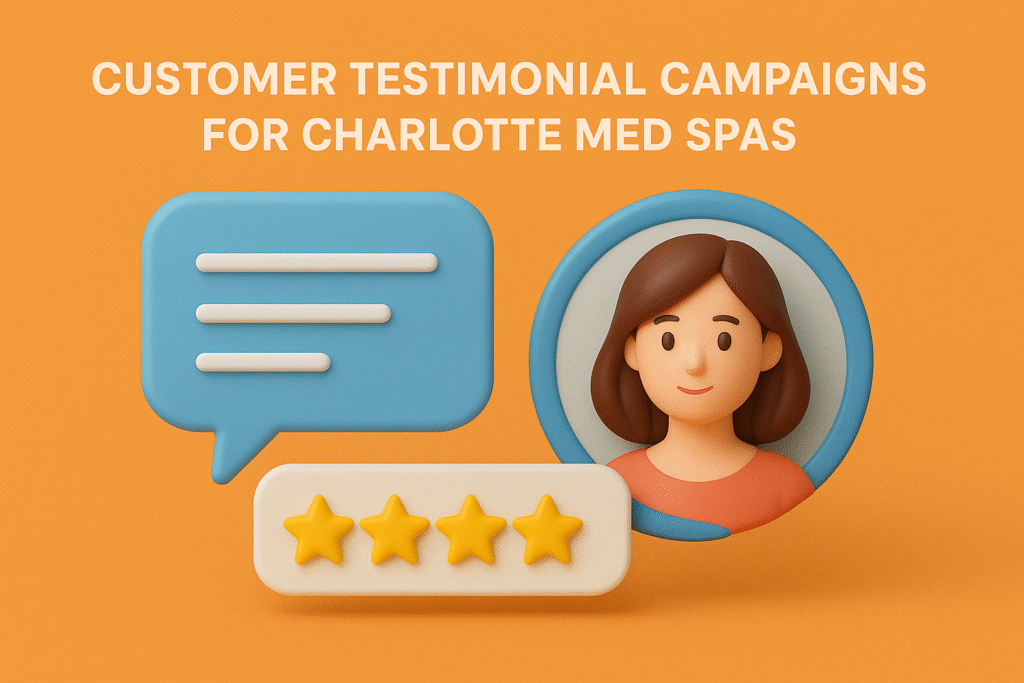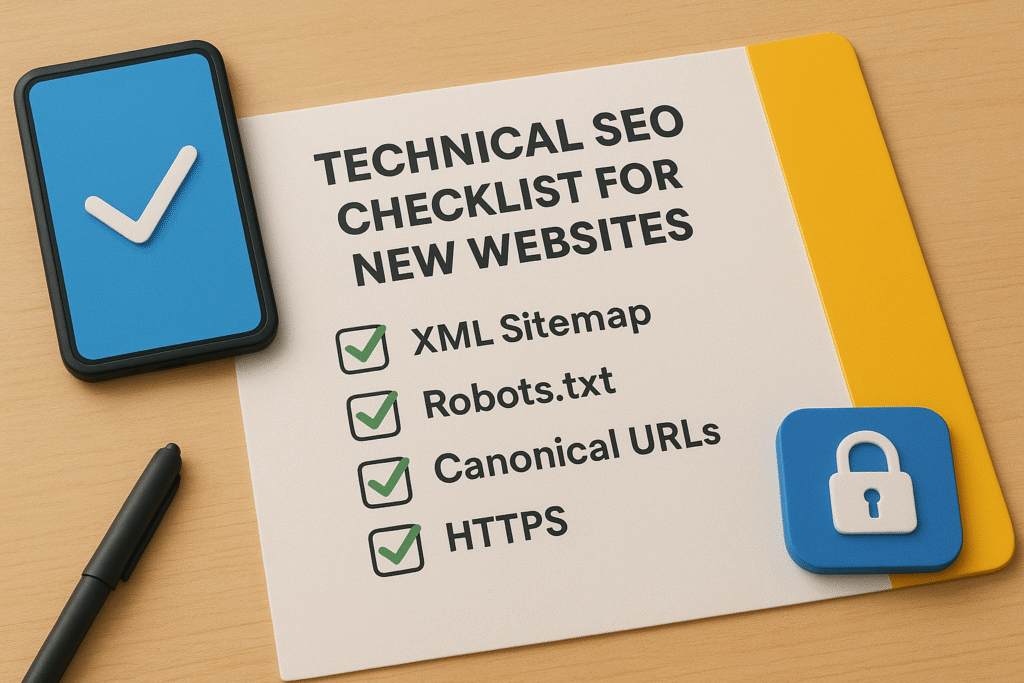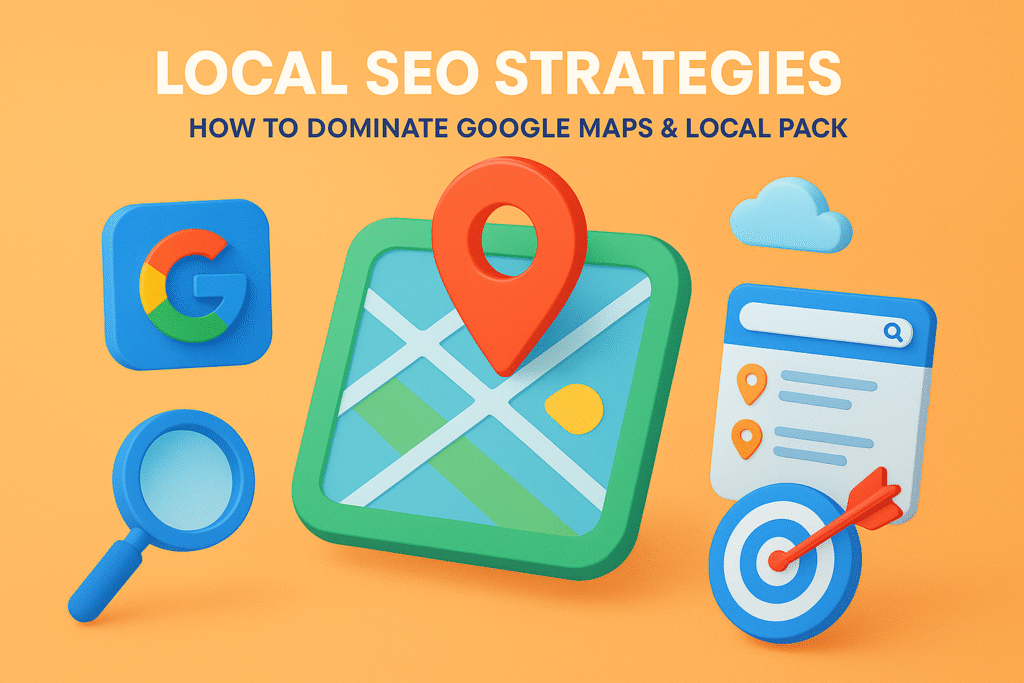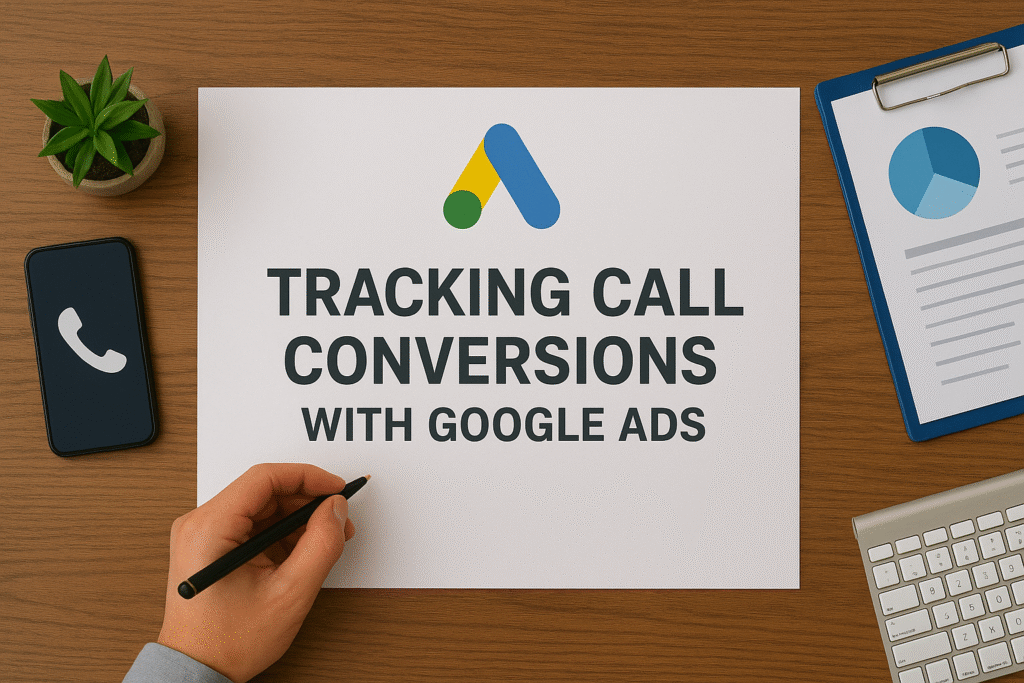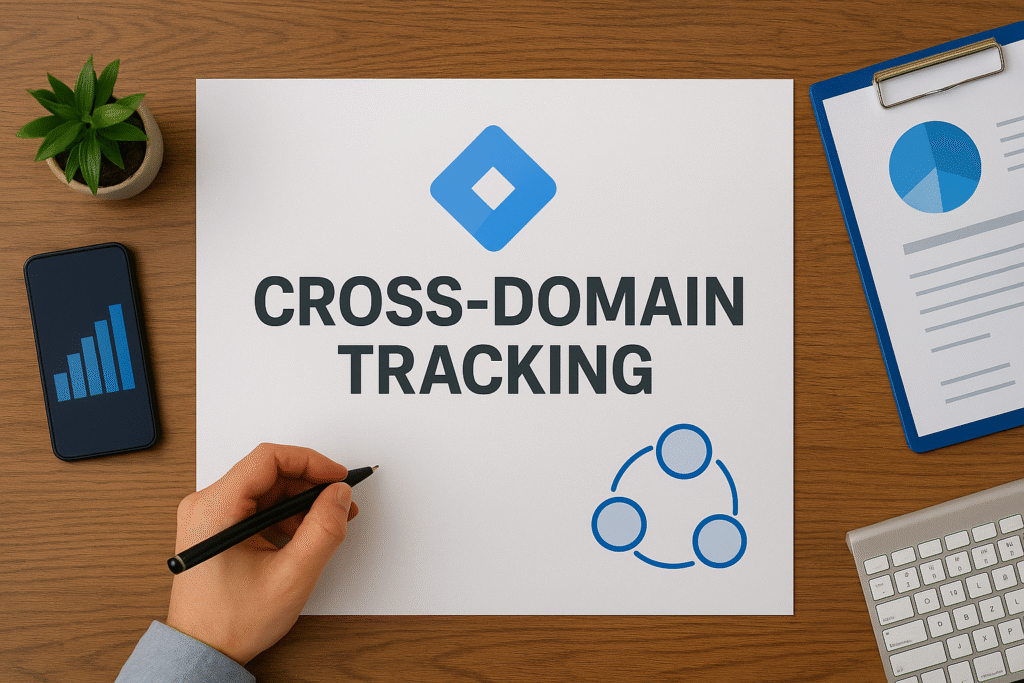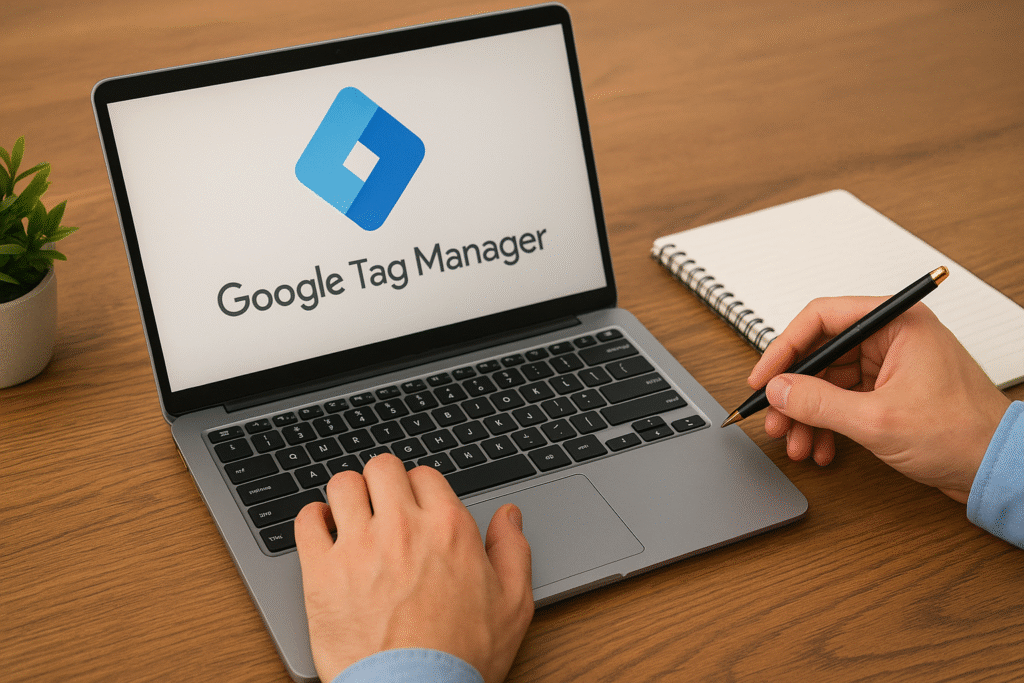In the ever-evolving world of SEO and digital PR, backlinks remain a critical component of driving authority and organic traffic. But in crowded spaces, acquiring high-quality backlinks requires more than just submitting guest posts or creating linkable assets. One strategy I’ve recently started using — and I highly recommend — is collaborating directly with LinkedIn experts for article contributions. And no, I don’t mean sending spammy DMs. I’m talking about genuine, strategic collaboration.
Let me walk you through exactly how I do this.
Why LinkedIn Is the Ideal Platform for Outreach
Over the years, I’ve used Facebook Groups, Twitter (now X), and cold email campaigns for outreach — but nothing has matched the precision and authority of LinkedIn. It’s a professional space where thought leaders already expect discussions around collaboration, content, and strategy.
More importantly, you’re speaking directly to the people who have the power to say “yes” — and who have audiences and domains that matter. That’s what makes LinkedIn experts for article contributions such a strategic goldmine.
Unlike mass email lists or outreach databases, LinkedIn allows me to see:
- The kind of content someone usually shares
- Their niche and target audience
- Who they engage with
- Whether they’ve previously collaborated on articles or thought pieces
That level of transparency makes targeting easier and more meaningful.
Step 1: Curating the Right List of Experts
The first thing I do is build a list of potential contributors on LinkedIn using advanced search filters. If I’m writing about technical SEO, I’ll search terms like “Technical SEO Consultant,” “Search Engine Strategist,” or even “SaaS SEO Expert.”
I also use LinkedIn Sales Navigator, which offers robust filters and connection insights. By narrowing down contributors based on location, title, or industry, I ensure I’m only connecting with people who will actually bring value to the piece — and whose networks will amplify its reach.
Step 2: Crafting the Perfect Initial Message
This is where most people go wrong. Never send a generic “Can I get a backlink?” message.
Instead, I structure my message like this:
- Genuine interest: I reference one of their recent posts or achievements.
- Clear collaboration: I let them know I’m working on a piece and would love their perspective.
- What’s in it for them: I explain how the content will be promoted and how their name, quote, or idea will be featured.
Here’s an example message I used recently:
“Hey [Name], I loved your take on E-E-A-T in your recent post. I’m currently writing a long-form piece on the future of search ranking signals, and I’d love to include your expert thoughts on how authority is evolving. Would you be open to contributing a quick insight I can quote and link to?”
I make it about them, not me.
Step 3: Make Contribution Easy
Once they show interest, I don’t ask them to write a 600-word essay. I simply offer two paths:
- A single-sentence quote via message or email
- A short Loom recording (if they prefer speaking)
I’ve found that about 60–70% of experts will respond when it’s simple. And by letting them express opinions instead of writing from scratch, I get more organic, passionate insights.
Tools like Notion or Google Docs help me collect and organize these inputs seamlessly, especially when working on articles with multiple voices.
Step 4: Publishing and Making It Count
Once the article is live, I always notify the contributors with a direct message — including the live link, and an image preview if available. Then, I politely ask:
“Would you be open to resharing this or even referencing it in your content if you find it relevant?”
When I position it like that — as a soft ask — the response is overwhelmingly positive. This drives engagement, backlinks, and even builds stronger relationships for future content.
Pro Tip:
Before publishing the article, structure the contributor quotes using “pull quote” formatting and add schema markup for “Article” and “Author” entities using Schema.org. This helps the piece rank better and appear more authoritative in rich search results.
The SEO Payoff
Let’s talk results. When LinkedIn experts for article contributions are part of my strategy, I’ve seen:
- 40% higher engagement on LinkedIn posts that mention contributors
- Up to 3–5 quality backlinks per article (sometimes from contributors’ own blogs)
- Deeper referral traffic and longer average session durations
That’s a serious SEO win. And best of all, it doesn’t rely on paid placements or shady tactics. It’s real collaboration.
A Note on Long-Term Impact
Beyond links, these collaborations enhance your brand authority and create a ripple effect. When experts feel valued and included, they’re more likely to remember you the next time they’re creating content.
Some of my best backlinks today are from people I collaborated with a year ago — who later invited me to guest on podcasts, contribute to roundups, or co-author guides.
That’s why this isn’t just a backlink strategy. It’s a visibility and influence strategy.
Conclusion: The Future of SEO Is Collaborative
Gone are the days of blasting outreach emails and hoping for links. What I’ve learned is this: when you treat LinkedIn experts for article contributions as real humans — not metrics — they respond with real value.
This strategy has become a core part of how I build authority-rich content today. It’s scalable, ethical, and builds meaningful relationships that go far beyond SEO.
If you’re serious about off-page SEO that actually moves the needle, start engaging with the right people, in the right way — and watch your content grow.
👉 Also read: The Power of Internal Linking: How to Boost Your SEO



